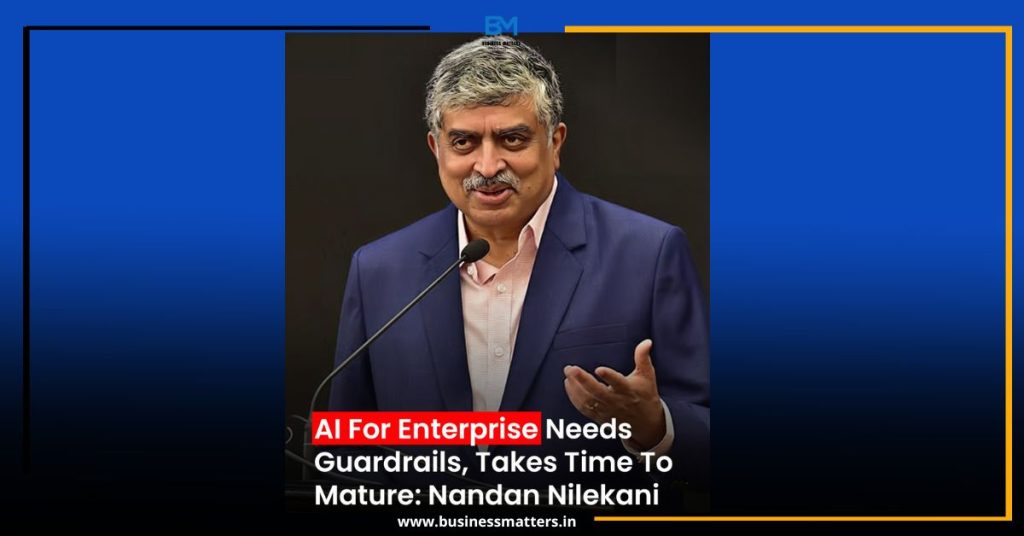At the Carnegie Global Technology Summit 2025, Infosys cofounder Nandan Nilekani shed light on the complex journey of implementing Artificial Intelligence (AI) at scale, especially in enterprise and public sector environments. While AI continues to make rapid strides in consumer applications, Nilekani emphasized that scaling AI within organizations and government systems is a far more intricate challenge.
According to Nilekani, consumer-facing AI solutions—such as chatbots, recommendation engines, and voice assistants—are relatively easy to adopt and deploy. These technologies are integrated into products and services that consumers interact with daily, allowing companies to refine their models quickly based on real-time feedback. However, the stakes are significantly higher when AI is used in enterprise environments.
Read Also :- Zolo Sells Student Accommodation Business to Good Host Spaces for INR 107.8 Cr
The High Stakes of Enterprise AI
In the enterprise sector, Nilekani explained, AI applications are closely tied to a company’s brand, reputation, and customer trust. “When an enterprise launches an AI-powered offering, they’re putting their name and brand behind it,” he said. This means that even small errors or inconsistencies in AI behavior can have wide-reaching consequences—damaging customer relationships, causing financial losses, or triggering legal and regulatory issues.
Moreover, enterprise AI solutions often integrate with mission-critical systems, from supply chain logistics to customer service and financial operations. Unlike consumer apps where errors might be tolerated or corrected on the fly, enterprise environments demand high reliability, security, and accuracy from the outset. This requirement significantly slows down the pace of adoption and innovation.
Public Sector AI: The Ultimate Challenge
Nilekani pointed out that deploying AI in the public sector is an even greater challenge. Governments operate on a massive scale and serve diverse populations. They also face bureaucratic hurdles, legacy infrastructure issues, and heightened scrutiny over transparency, fairness, and privacy. These constraints make it difficult to roll out AI-driven systems that are both effective and equitable.
“AI in the public sector is the most difficult because the impact is on real people, often the most vulnerable, and mistakes can have serious consequences,” Nilekani said. Ensuring ethical use of AI in public programs—such as healthcare, education, and welfare distribution—requires robust frameworks, oversight, and policy-making, which are still evolving.
The Need for Guardrails and Governance
One of the key reasons for the slow progress of enterprise and public sector AI, Nilekani noted, is the lack of comprehensive guardrails. These guardrails include technical safeguards, ethical guidelines, regulatory compliance, and robust governance models. Without them, organizations hesitate to deploy AI at scale, fearing unintended consequences and reputational risks.
To unlock the full potential of AI, Nilekani advocates for a more structured approach to AI governance, including cross-sector collaboration, open innovation, and public-private partnerships. Only through collective effort can AI be scaled responsibly and inclusively.
Conclusion
Nandan Nilekani’s insights from the Carnegie Global Technology Summit 2025 highlight a critical reality: while AI is transforming the world, its deployment in enterprise and public sectors is a journey that requires time, trust, and rigorous oversight. As businesses and governments continue to explore the promise of AI, developing robust guardrails and focusing on ethical implementation will be key to long-term success.


